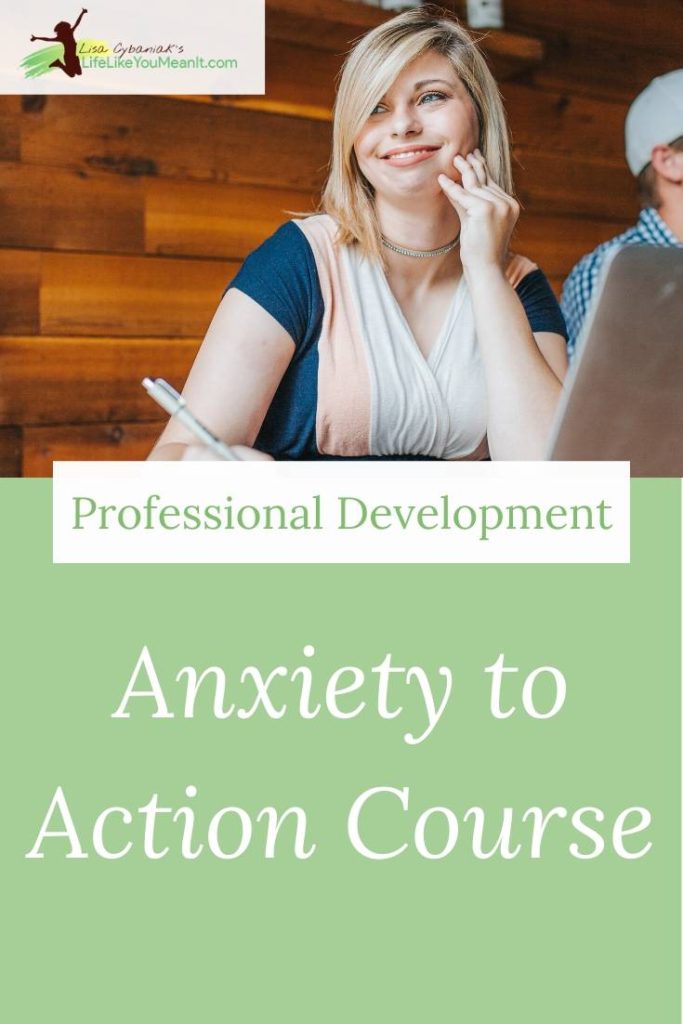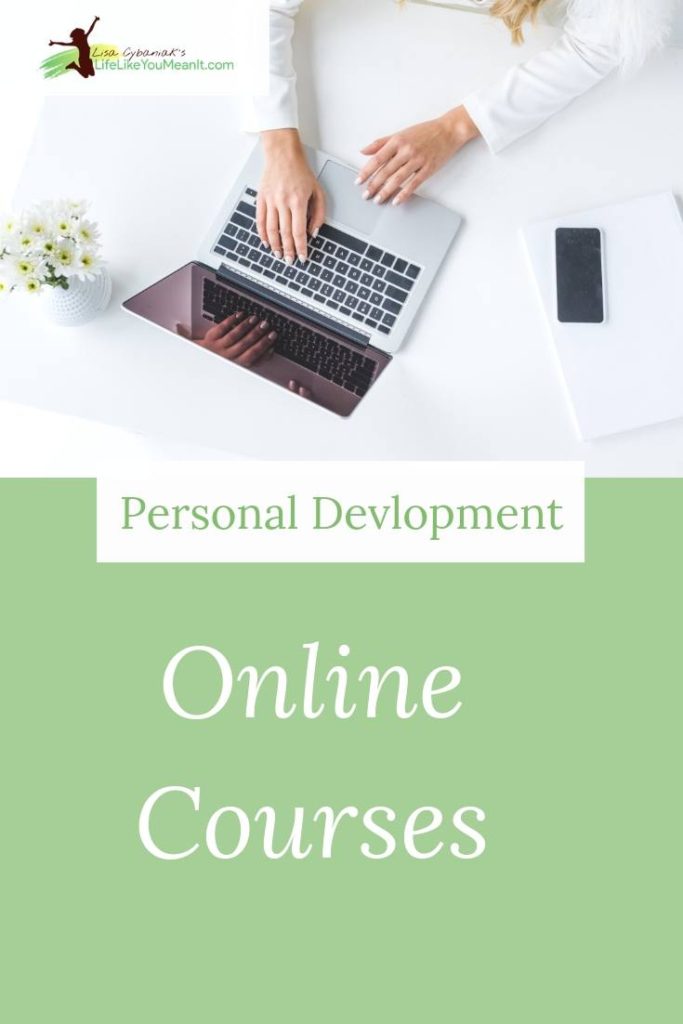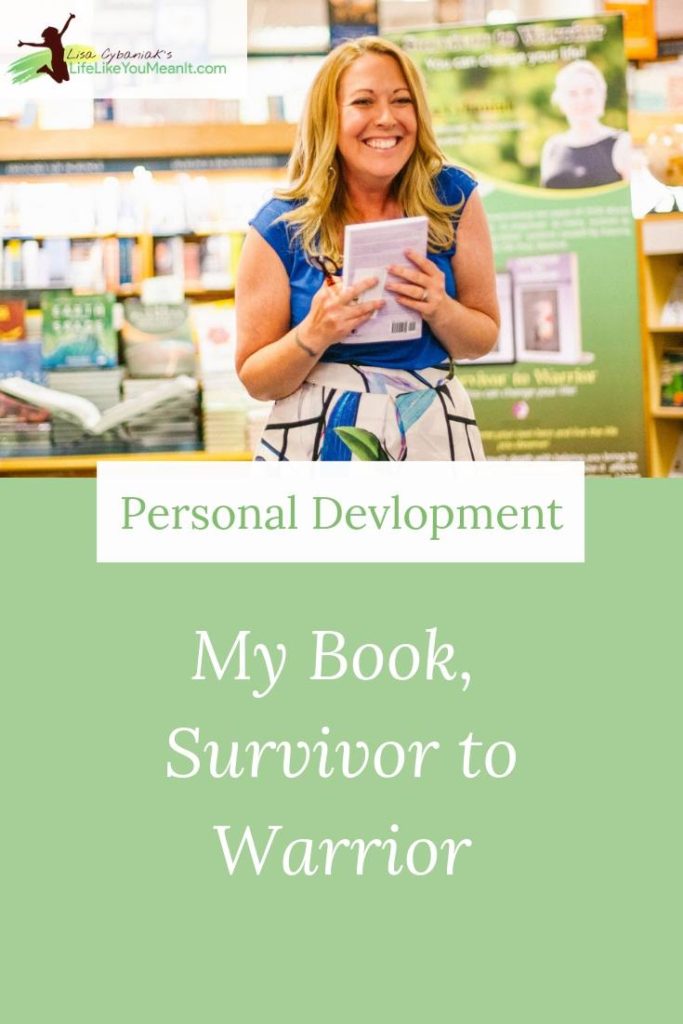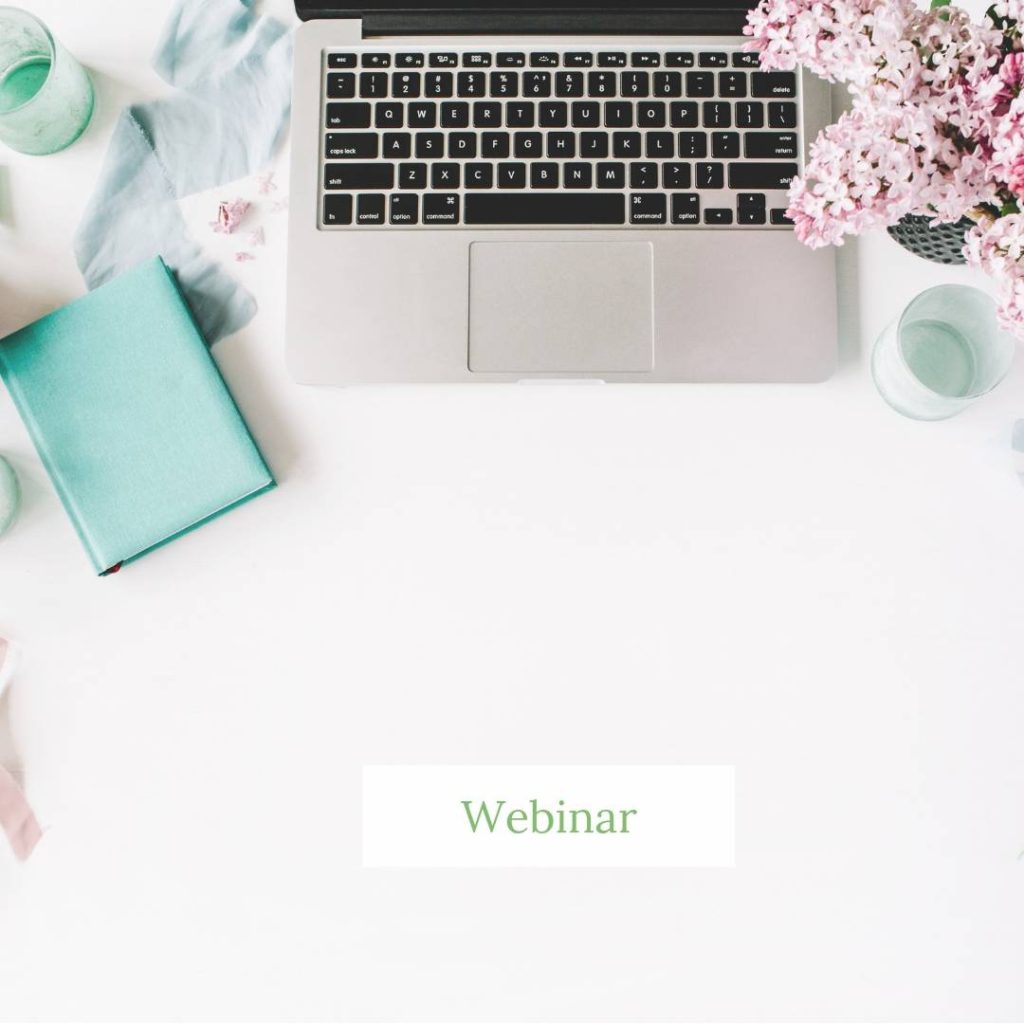by Lisa Cybaniak
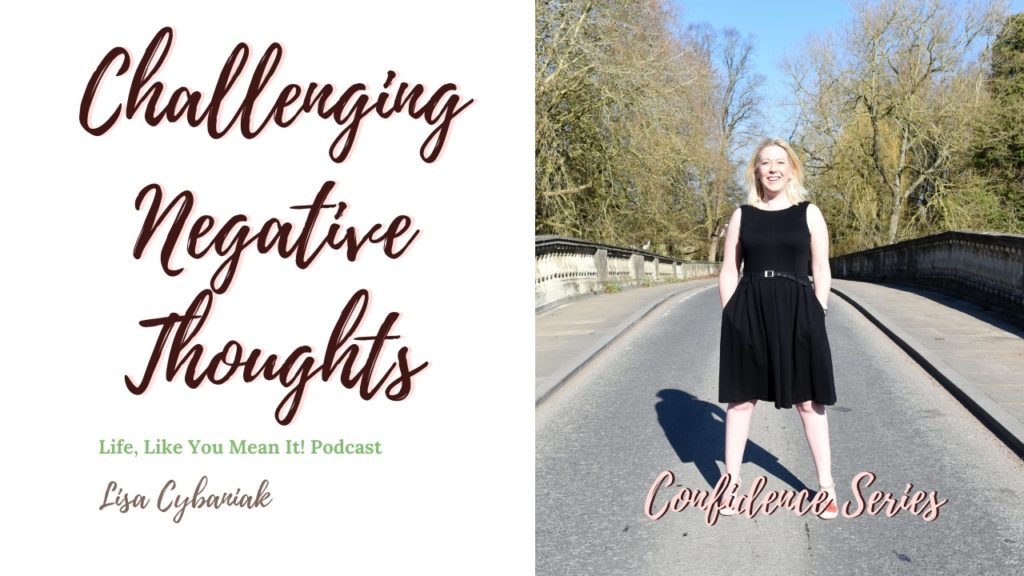
You can also listen on…
Most people I talk to have no clue how many thoughts they have in a day, never mind how many of those thoughts are negative. We just seem to lack the awareness of what we’re thinking at any given moment.
I talked about this as part of my Being Mindful episode – how to raise a non-judgemental awareness of your thoughts, actions and reactions in every moment.
I’d like to expand that conversation today, because negative thoughts are running rampant in most people’s minds. Studies show that up to 70% of our thoughts are negative! I wonder how those negative thoughts are impacting our lives?
I’ve been actively practising mindfulness for some time now, and I can say that for myself, my negative thoughts are all centred around beliefs I have generated about my abilities, the world and my place in it, as well as societal beliefs I’ve adopted.
Developing a Belief
You see, when we experience something, we develop an opinion. If that experience is replicated in some way, then our opinion becomes reinforced, turning into a belief. And that belief then pops up every day in the choices we make.
For example, if you’re driving your car and a lorry driver cuts you off, you might form an opinion that driving next to a lorry is dangerous. If you get home and tell your partner of your experience and they go on to tell you of all the times they’ve too been cut off by lorries, then these stories act as reinforcement. You didn’t have to be cut off a second time. Rather, you just heard someone else’s story of something similar happening. Nonetheless, you now believe that it is dangerous to drive next to a lorry.
How do you think that impacts you each time you drive and come across a lorry? Do you speed up to pass them quickly and get out of their way, or do you slow down and stay behind them so they physically won’t have the chance to cut you off?
What’s your heart rate doing? Have you released adrenaline, telling your body you’re in danger? Has your breathing become a bit quicker and shallower; your pulse quickened and your pupils dilated?
What is the Reality?
Are you actually in danger? Possibly. Road accidents are incredibly common. But how many times have you safely passed a lorry without even a hint of an incident compared to this one negative experience of being cut off? Even when you add your partner’s accounts of being cut off, we’re probably talking about a handful of negative instances compared to thousands of uneventful and even safe encounters with lorries.
Believe it or not, those odds are stacked in favour of the lorry driver being as safe and responsible as anyone else on the road. But your palms aren’t sweaty when you pass any of those other drivers, are they?
The moral of the story? Just because you believe it, doesn’t make it true.
Negative Thoughts
So, now let’s look at your negative thoughts. What are you saying to yourself as you approach the lorry driver? If you choose to pass the lorry, what’s happening in your head then?
Chances are, you’re not thinking wonderfully positive thoughts about unicorns and rainbows! Instead, your thoughts in those moments are probably full of fear and negativity because you believe this situation to be dangerous and negative. You’re expecting something negative to happen because you believe lorry drivers are dangerous. Therefore, all your thoughts will be honed into getting you out of that situation safely.
Those thoughts that pop up in moments like these, are based on your beliefs. And if we’ve just established that those beliefs are not always true, then neither are your thoughts.
Now, I chose this example because it’s relatable to many. But this exact scenario is playing out every moment of every day with all your beliefs… and thoughts. Some of them will be true, of course. But most of them, are not. Yet here you are, reacting to them, and making choices based on them being true.
Sounds like a recipe for disaster to me.
In my Being Mindful episode, I spoke extensively on ways you can identify your thought patterns. I’ll let you head back to that episode if you need to and focus here on what to do now that you’ve uncovered them.
Challenging Negative Thoughts
If we stick with our lorry driver example, then I hope you can see that you can challenge those negative thoughts, first after you acknowledge they’re there, by using logic.
Literally, in this case, you can ask yourself to recall all the times a lorry driver actually did something dangerous to YOU. Not the stories you’ve heard from others, or the video’s you’ve seen posted on Facebook. Simply look at the evidence you’ve collected from your personal experiences with lorries.
Now, it’s likely that you’ll either have difficulty recalling more than one, which you’ll brush off as poor memory, or that you’ll think you remember hundreds of times when you were in danger. Be honest with yourself – are those memories of you actually being in danger, or of your fight or flight internal defence mechanism kicking in because of your negative thoughts, driven by your belief?
Be Open to Doubt
Can you allow yourself to be open to doubt? I’m talking about being open to the possibility that you’re wrong; that the “evidence” you collected to create this belief isn’t exactly accurate. What’s the evidence you’re NOT looking at?
If you polled all your friends, the majority may initially tell you how dangerous lorry drivers are as soon as you mention the topic. That doesn’t mean they are, it just means they’ve formed the same belief as you.
Now, ask them to be honest with themselves and give an estimate of how many lorries they’ve passed in their entire lives, versus the times they’ve been cut off by a lorry. Like you, they’ll soon reveal that the numbers don’t add up. Although they feel they’re in danger, the reality is, it’s their belief that’s causing those negative thoughts and feelings, not actual past encounters with lorries.
And the more information you’re able to gather from yourself and others, the more in doubt you’ll become of your negative thoughts and beliefs about lorry drivers.
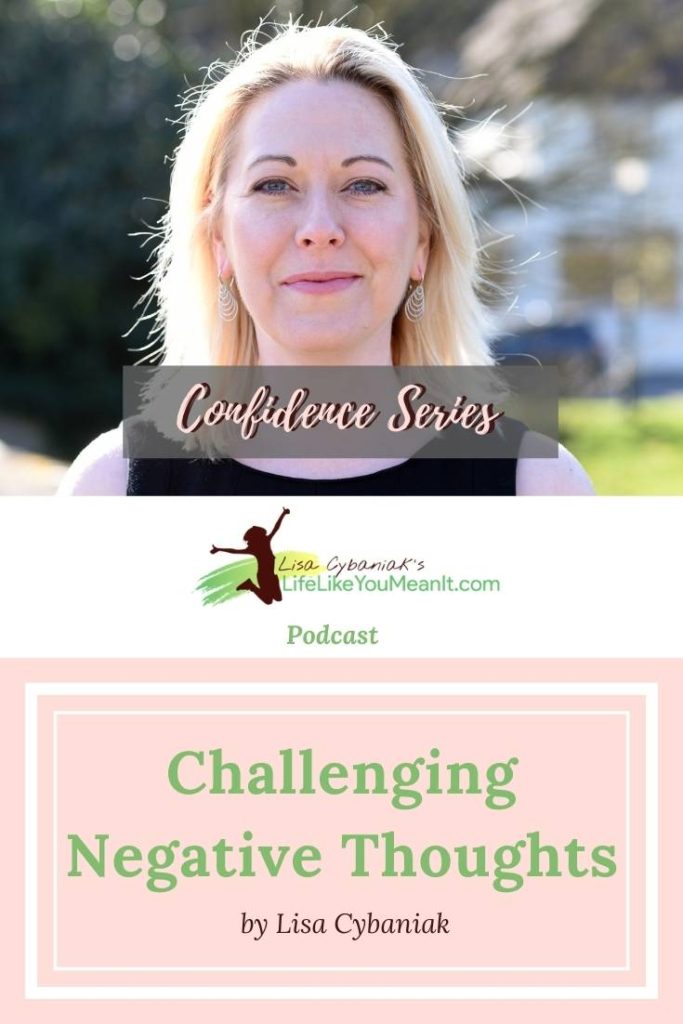
Challenging ANY Negative Thought
You can challenge any thought, and belief for that matter. But first, you must be aware that it’s there. Once you’ve heightened your awareness and your thoughts become more obvious to you, it’s time to investigate if they’re really true.
Sometimes it’ll be a matter of fact checking and looking at stats. You could do this with our lorry example. While other times it’ll be more about asking some questions.
Do you really believe this? If your answer is no, then this may be the end for this negative thought. But if your answer is yes, then you’ll want to look deeper.
Why do you believe this? This is where you’ll point out all the times this negative thought of yours was true – all your evidence. It might be helpful here to write out or record your response to this for future reference.
Uncovering Deeply-Rooted Beliefs
No doubt, at some point in your recollection of all your evidence to support your negative thought, you’ll stumble upon another major thought or belief pattern.
For example, if you say you really do believe that lorry drivers are dangerous, and begin to list all your reasons why this is true for you, you might eventually say something like, “I can’t trust others to…” It doesn’t really matter what you can’t trust them to do. All that matters is this negative thought that you can’t trust others. Full stop.
So, ask yourself if you really believe that, and if the answer is yes, ask why. List all your evidence you’ve gathered for why others can’t be trusted. Perhaps you’ll stumble upon another really poignant sentence, such as, “People are out to hurt me”.
You see, doing an exercise like this allows you to start to see the deep-rooted belief you’re carrying. Yes, you believe lorry drivers are dangerous because of an opinion you formed into a belief once it was reinforced. But your ability to form that belief is really based on the deeper-rooted belief that you’re not safe, period.
Negative Thoughts Impact your Life
Why does this matter? Because imagine what choices you’re making in all areas of your life if deep down you believe you’re not safe. Imagine the negative thoughts you’re saying to yourself as evidence to back up your belief. And imagine that you’re saying these negative thoughts to yourself 70% of your day.
See the scale of the issue?
There is hope! When you start to reveal your own negative thoughts and beliefs, you see the pattern unravel before your eyes. It’s very difficult to make the same choices from this point forward. Your awareness grows so you are more aware of those negative thoughts. And because you’ve done this exercise, you’ll more easily and quickly be able to break down those negative thoughts into the beliefs that are driving them.
And when you unveil the truth to yourself, you’re in the perfect position to ask yourself, “What would I like to believe instead?”
You see, you have more power and control over your own life than you think. It all begins with self-awareness. That confidence you’re lacking? You’re experiencing that because of your negative thoughts, and those thoughts are driven by a belief you have. Perhaps several different beliefs.
A Real-Life Negative Thoughts & Beliefs Example
One of the societal beliefs I adopted was that I should be married and working on popping out my first babe by the age of 25. Yeah, I know, that was a long time ago! But that’s what society expected of women back when I was growing up.
Even though I didn’t feel even the slightest bit interested in getting married, at the age of 23 I was using the fact that I didn’t have a ring on my finger as evidence that I wasn’t good enough. Of course this impacted my confidence, not to mention a million other aspects of my life. But before I could do anything about it, I had to be honest with myself and acknowledge the fact that I was having these thoughts.
Once I did, I could ask those same questions – “Do I really believe this? Why do I believe this? What do I want to believe instead?” – to challenge those negative thoughts and the beliefs themselves.
Challenging those Negative Thoughts
Not being engaged at 23 didn’t matter to me. I didn’t feel like I was missing anything. In fact, I specifically felt that I wasn’t ready for that at all. So why did I believe that not being engaged meant I wasn’t good enough? It didn’t make sense. I had to allow myself to be open to doubting that it was true. Perhaps I was wrong.
It’s possible that what age I get married has nothing to do with my worth as a human being. Would I judge others the same way for not being engaged? Of course not! None of my friends were engaged and I didn’t think anything of it.
Of course, as I looked deeper, I discovered a “I’m not good enough” belief, and that it was running my show, infiltrating every aspect of my life. A simple belief about when I should be married, a societal belief, had merged with a belief about my worth. And that belief had developed from my decade of child abuse.
Negative Thoughts Can Lead to Healing and Growth
It was my ability to recognise and acknowledge that these beliefs existed, accept how they were impacting my life, and be brave enough to question whether or not I could be wrong, that allowed me to heal and grow into the person I am today.
And it’s part of my daily routine now. I’m always mindful of what I’m thinking, how those thoughts are linked to beliefs, challenging those beliefs, and replacing them with new ones.
It’s an active process. But just like putting my clothes on in the morning, it’s routine. It doesn’t take so much effort that it can’t be done. In fact, I don’t even notice the effort because I don’t look at it as effort. It’s just part of my day.
And just like breathing, it’s vital.
Press play on the episode above to get all the details!
Follow Me
I’d love for you to follow me on social media! Check out my Facebook, Instagram, Twitter, LinkedIn, and YouTube Channel. Learn more about NLP here!
Want to help this podcast? Follow us, subscribe, and leave a comment on this, or any other episode!
Resources
My book, Survivor to Warrior: You can change your life, walks you through shifting your mindset, challenging your beliefs, recognising your power within, and more! Access it by searching for the title in your country. Here are the links to purchase in Canada, USA, and UK.
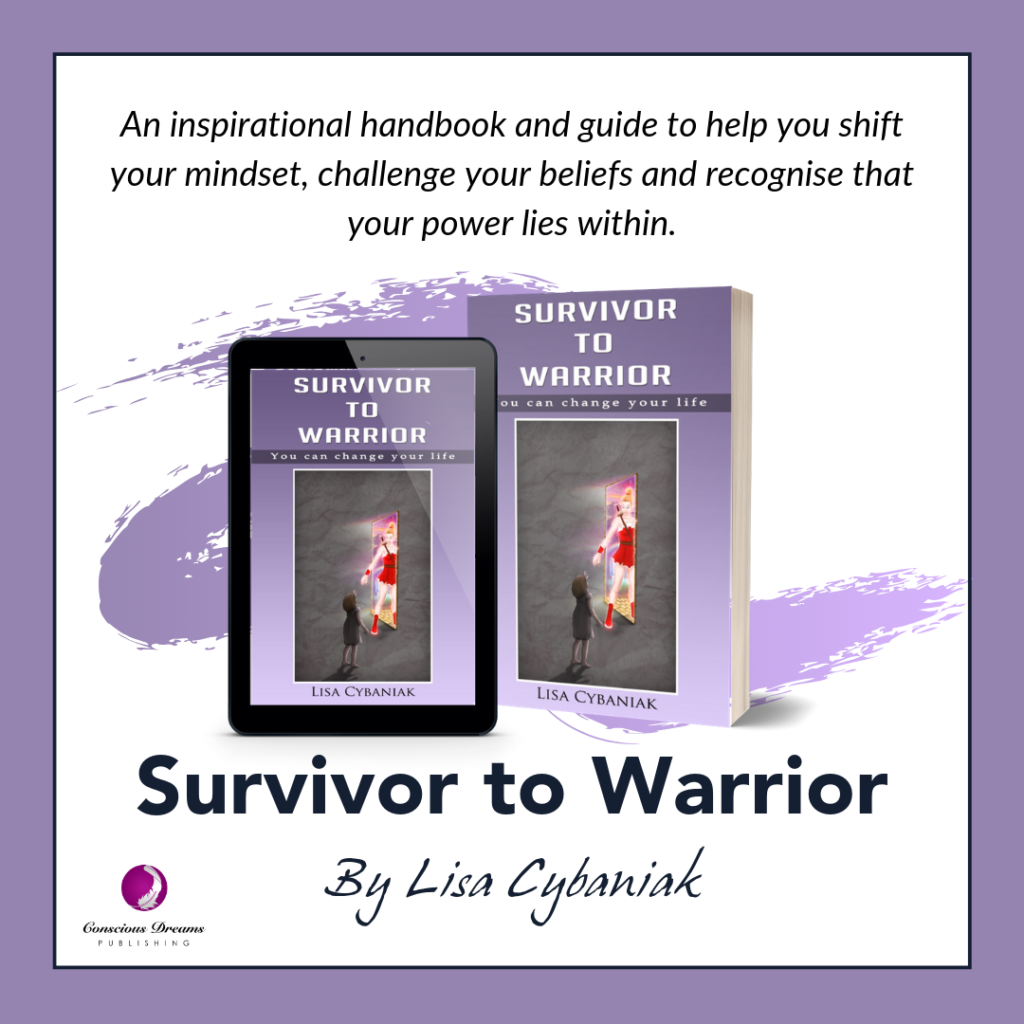
Register for the Mindfulness Mastermind Program
Voice over credit: Shari Vandermolen. Shari is offering a free download of one of her songs to the fans of the Life Like You Mean It podcast! Just visit www.GiftFromShari.com and tell her where to send it. Shari’s debut album is available for streaming on all the major platforms including Spotify and iTunes.
Top Picks
Freebies for You!








